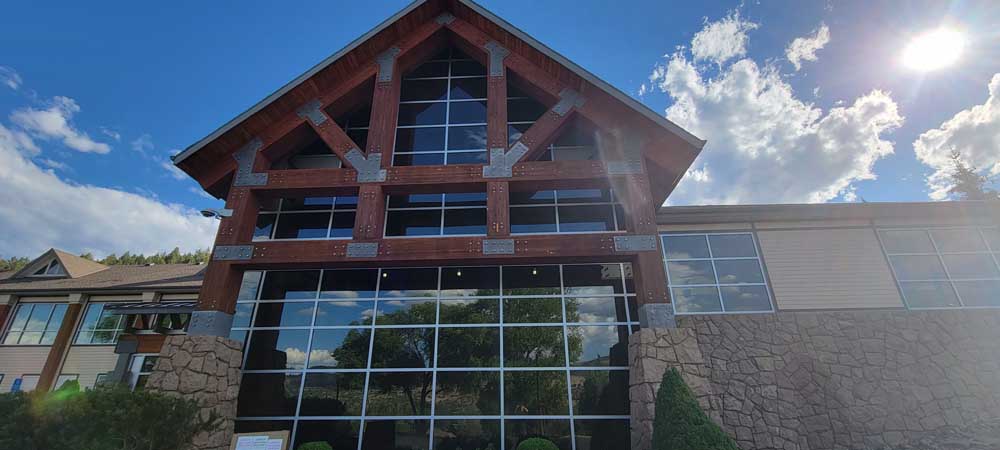Blue Mountain Hospital District addresses budget woes
Published 6:15 am Wednesday, August 3, 2022

- Blue Mountain Hospital in John Day delivers about 50 babies a year.
JOHN DAY — The Blue Mountain Hospital District ended the fiscal year with a $1.4 million operating loss, but hospital officials say they have a plan to get out of the red, in part by reducing their reliance on expensive contract labor.
Trending
The district’s chief financial officer initially anticipated a loss of only $200,000 for the year, but that estimated increased substantially after correcting how he had earmarked a Medicare reimbursement worth more than half a million dollars.
Eric Price, the district’s CFO, said the $665,000 Medicare reimbursement was recognized as revenue rather than an expense reduction, as it should have been.
Price told the Eagle in a June 23 interview that the district was initially trending at a $200,000 deficit heading into the end of the fiscal year on June 30. He said the main driver draining the district’s budget was labor costs for scarce clinical contract workers, such as nurses, doctors and surgeons, to ensure ongoing patient care during the height of the delta and omicron COVID-19 surges that strained the hospital to its limits.
Trending
Ultimately, Price said, the hospital exceeded its annual labor budget by $4 million. As of June 30, he said, the hospital district had 25 clinical contract workers, including one surgeon.
However, he added, the hospital is already beginning to reduce its contract labor force. In the next few weeks, he said, the hospital anticipates bringing on three to five new local certified nursing assistants. Unlike their out-of-town counterparts, the new CNAs will not command the premium wages of traveling clinical workers.
Nonetheless, according to the hospital district’s most recent financial report, labor trended at more than 40% over the hospital’s June budgeted amount, with contracted clinical labor surging at more than $640,000 for the month. In addition, all other operating costs were over budget through the end of June by upwards of $80,000.
Price attributed soaring supply costs to the high inflation seen across all sectors of the economy. He said freight and fuel costs have impacted the hospital as well.
Putting the hospital’s budget woes into context
The hospital district’s financial woes are hardly unique. The Oregon Association of Hospitals and Health Systems, a nonprofit trade association, reported that the bleak hospital financial picture from 2021 only worsened in the first quarter of 2022.
A surge in COVID-19 hospitalizations from the omicron wave and rising labor and other costs combined to produce a dismal fiscal quarter that saw 58 percent of Oregon’s hospitals post a negative margin.
Additionally, according to the first quarter report, Oregon hospitals’ median operating margin saw a 2.5% decline. However, the report noted, the drop was below those seen in the earliest stages of the pandemic.
In a nutshell, the report noted that hospital revenue in Oregon is not covering the cost of patient care.
Nonetheless, Price emphasized that Blue Mountain Hospital is not looking to reduce staffing or services. The only cuts to labor costs, he said, will come from eliminating — where it is possible — contracted clinical labor. In addition, he said this year’s budget includes more funding to recruit talent into the area and retain those who are here.
He said the hospital district has set aside $22 million for labor costs that includes money for recruitment and retention bonuses.
“Those dollars will help the local economy rather than continue to invest in travelers who may spend a little bit while they’re here, but mainly goes back to wherever their homefront is,” he said.
In the interim, Price said, the hospital is watching for federal grant opportunities to help ease the current financial strain.
“Nothing is definitive,” he said, “and we are continuing to work on things.”
In addition to Blue Mountain Hospital, the district operates the Strawberry Wilderness Community Clinic, Blue Mountain Care Center and a hospice and home health service. It employs around 250 people.









